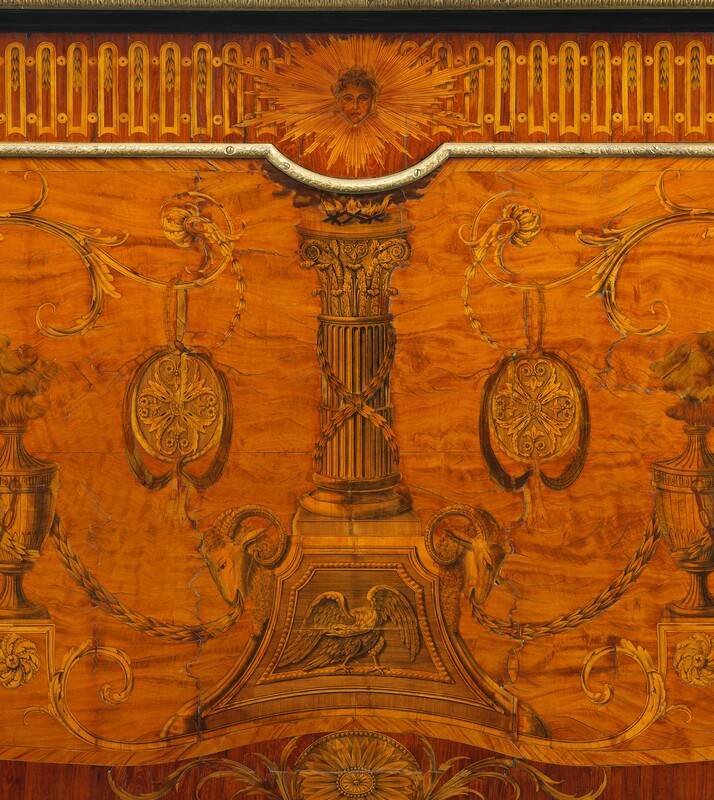As may have become apparent, it is the beautiful marquetry that Ince & Mayhew produced that has had the most impact on me. I am amazed at how an image of a flower or a violin can be transformed into a flat wooden surface, using many different woods. They would have originally been painted bright colours which would have made the impact even greater.
|
Author
Sarah Ingle is the great great great great grand-daughter of William Ince and has been researching her family history for a number of years. She thoroughly enjoyed the detective work involved in tracing William’s lineage. Archives
December 2022
Categories |


 RSS Feed
RSS Feed